Michael Koppmann
Typed Security: Preventing Vulnerabilities By Design
#1about 3 minutes
Introduction to domain-driven design principles
Domain-driven design (DDD) helps structure code to match the business domain by using concepts like entities, value objects, and aggregates.
#2about 4 minutes
Making illegal states unrepresentable with types
By designing data types so that invalid combinations cannot be expressed, the compiler can prevent bugs and enforce business rules automatically.
#3about 3 minutes
Avoiding null pointer exceptions with optionals
Using the `Optional` type in languages like Java explicitly models the potential absence of a value, forcing developers to handle empty cases.
#4about 2 minutes
Overcoming primitive obsession with custom types
Wrapping primitive types like strings and integers in custom types (e.g., `UserId`) prevents logical errors like mixing up different kinds of IDs.
#5about 9 minutes
Modeling a business workflow with rich types
An email verification process is modeled using smart constructors and sum types, replacing a simple boolean flag to guarantee correctness.
#6about 2 minutes
Applying typed security to OWASP vulnerabilities
Type systems can be used to systematically prevent common security flaws listed in the OWASP Top 10, such as injection and access control issues.
#7about 7 minutes
Using types as authorization tokens
Replacing boolean authorization checks with type-based access tokens ensures that protected functions can only be called after a successful permission check.
#8about 2 minutes
Preventing SQL injection with a query type
Differentiating between a raw string and a dedicated `Query` type at the compiler level prevents accidental string concatenation and forces safe data handling.
#9about 4 minutes
Preventing data leaks with data transfer objects
Data Transfer Objects (DTOs) act as a boundary layer, exposing only necessary and safe data to external clients while protecting sensitive internal models.
#10about 2 minutes
Eliminating XSS with a dedicated HTML type
In frameworks like Elm, treating HTML as a distinct type ensures that all string inputs are automatically sanitized, preventing cross-site scripting attacks.
#11about 2 minutes
Structuring applications with clean architecture
Architectural patterns like Clean or Hexagonal Architecture isolate the pure business logic core from external dependencies, complementing a type-driven approach.
#12about 2 minutes
Key takeaways for building secure applications
The core principles for secure design are to make illegal states unrepresentable, parse instead of just validating, and use the compiler as a security tool.
#13about 17 minutes
Q&A on type systems and legacy code
The speaker answers audience questions about effective languages, limitations, frontend vs backend validation, and applying these concepts to legacy codebases.
Related jobs
Jobs that call for the skills explored in this talk.
Matching moments

00:28 MIN
Why developers make basic cybersecurity mistakes
Don't Be A Naive Developer: How To Avoid Basic Cybersecurity Mistakes

02:54 MIN
Moving beyond the "it just works" developer mindset
Don't Be A Naive Developer: How To Avoid Basic Cybersecurity Mistakes

27:19 MIN
Key takeaways on IDE and developer tool security
You click, you lose: a practical look at VSCode's security

14:17 MIN
Hands-on security training for developers
How GitHub secures open source
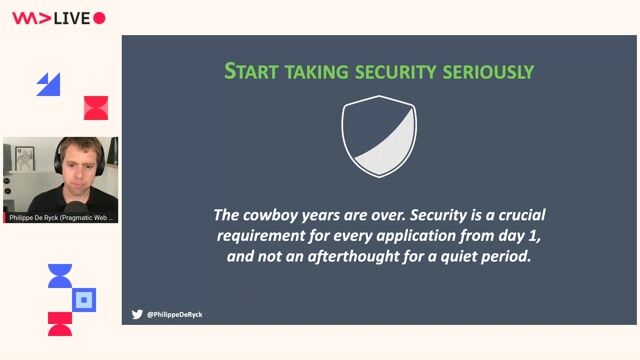
02:06 MIN
Focusing on secure architecture over just code
Architecting API Security
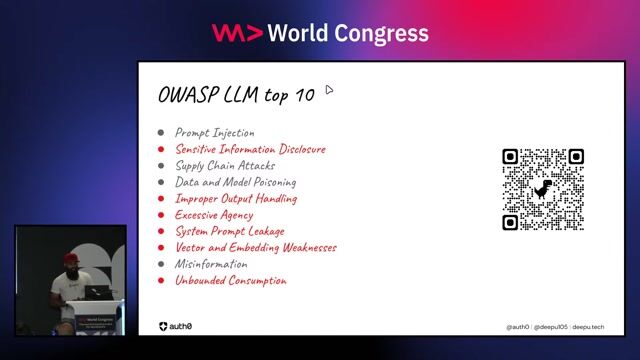
04:13 MIN
Focusing on key OWASP Top 10 risks for developers
Delay the AI Overlords: How OAuth and OpenFGA Can Keep Your AI Agents from Going Rogue

22:50 MIN
Writing secure code with a multi-pass development approach
Vibe coding sucks! Long life to vibe coding: Hardening Applications for Production with GenAI
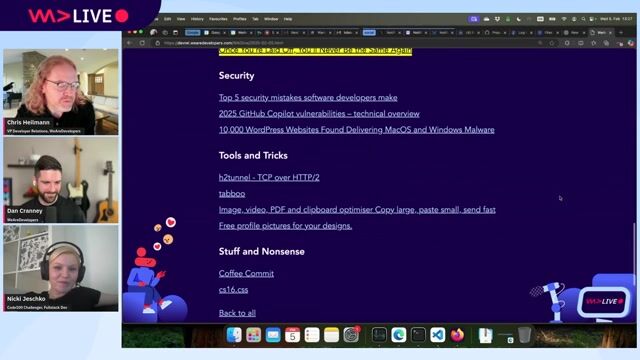
55:17 MIN
Avoiding common security mistakes and giving better feedback
The weekly developer show: Boosting Python with CUDA, CSS Updates & Navigating New Tech Stacks
Featured Partners
Related Videos
 27:41
27:41Friend or Foe? TypeScript Security Fallacies
Liran Tal
 33:29
33:29Programming secure C#/.NET Applications: Dos & Don'ts
Sebastian Leuer
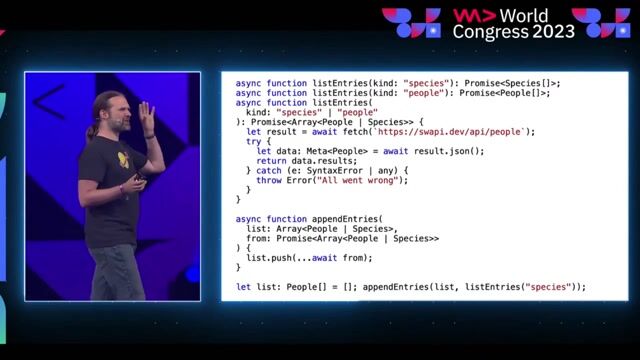 31:13
31:13Lies we Tell Ourselves As Developers
Stefan Baumgartner
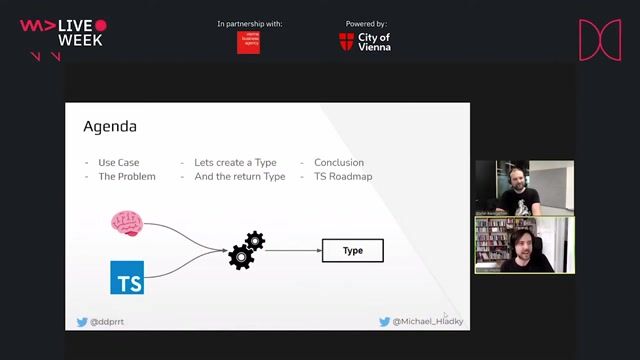 43:20
43:20The Art and Craft of Type Development
Michael Hladky & Stefan Baumgartner
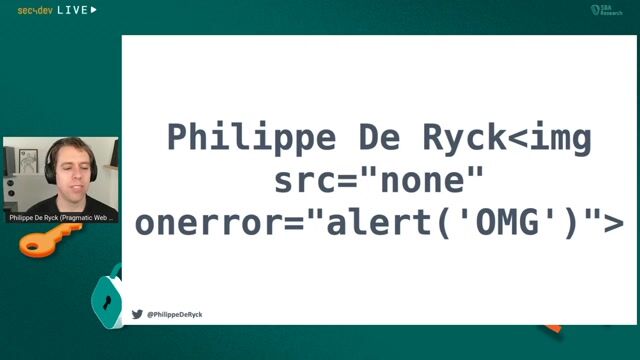 45:19
45:19Securing Frontend Applications with Trusted Types
Philippe De Ryck
 28:41
28:41101 Typical Security Pitfalls
Alexander Pirker
 24:01
24:01What The Hack is Web App Sec?
Jackie
 26:59
26:59Security in modern Web Applications - OWASP to the rescue!
Jakub Andrzejewski
Related Articles
View all articles



From learning to earning
Jobs that call for the skills explored in this talk.

Software Engineer - SDLC Security - Public Artifacts
Datadog
Paris, France
DevOps
Python
Kubernetes
Configuration Management

Application Security Consultants - Security by Design
Accenture
Municipality of Madrid, Spain
Scrum
DevOps
Agile Methodologies

Enterprise Security Architect
DevNull Security
Edinburgh, United Kingdom
Remote
£70-80K
UML
JIRA
Terraform
+1

Enterprise Security Architect
DevNull Security
Sheffield, United Kingdom
Remote
£70-80K
UML
JIRA
Confluence

Enterprise Security Architect
DevNull Security
Birmingham, United Kingdom
Remote
£70-80K
UML
JIRA
Confluence

Enterprise Security Architect
DevNull Security
Manchester, United Kingdom
Remote
£70-80K
UML
JIRA
Confluence

Security Solution Designer - (Application/SDLC/Segmentation)
DevNull Security
Sheffield, United Kingdom
Remote
£70-80K
UML
JIRA
Confluence

C# .NET Core Entwickler mit Schwerpunkt Security
FiANTEC Provisionslösungen
Azure
DevOps
Jenkins
.NET Core
Continuous Integration

Application Security Consultants - Security by Design
Accenture
Municipality of Madrid, Spain
Scrum
DevOps
Agile Methodologies